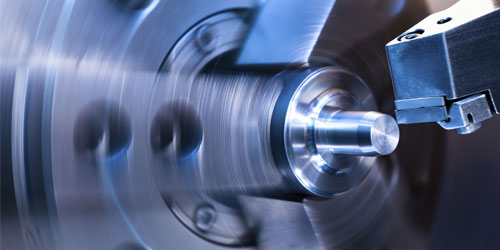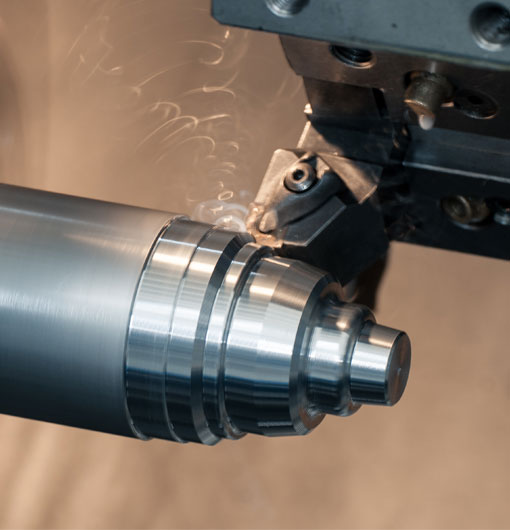As the world of manufacturing continues to evolve, computer numerical control (CNC) technology has proven to be a game-changer in the industry. Among the many CNC processes, turning is a highly versatile and efficient method for creating precise, high-quality parts. To help you excel in this area, we've compiled a comprehensive guide filled with CNC turning program examples, expert tips, and insights to elevate your skills.
The Basics of CNC Turning
CNC turning is a subtractive manufacturing process where a rotating workpiece is held in place while a cutting tool moves along its surface, removing material and shaping the piece according to the programmed instructions. This method can be used to create a wide range of parts, including cylindrical and conical shapes, as well as grooves and threads.
One of the crucial elements of CNC turning is the program that controls the machine. Written in G-code, this set of instructions guides the cutting tool's movements throughout the operation. To create a successful CNC turning program, you should be familiar with essential G-code commands, including:
G00: Rapid positioning
G01: Linear interpolation
G02: Circular interpolation (clockwise)
G03: Circular interpolation (counterclockwise)
G04: Dwell (pause)
G20/G21: Unit selection (inches or millimeters)
G28: Return to home position
G90: Absolute positioning
G91: Incremental positioning
CNC Turning Program Example
Let's examine a simple CNC turning program example, which demonstrates how a part is created using G-code commands. We'll be turning a 50mm cylinder with a 20mm hole through its center.
N001 G21 (Units: millimeters)N002 G90 (Absolute programming)N003 G28 (Return to home position)N004 G96 S150 M03 (Constant surface speed and spindle rotation)N005 G00 X50 Z2 (Rapid positioning of the cutting tool)N006 G01 Z-50 F0.2 (Feed the tool into the cylinder by 50mm)N007 G01 X20 F0.2 (Move the tool to create a 20mm diameter hole)N008 G01 Z2 F0.2 (Retract the tool)N009 G00 X50 (Rapid positioning to start point)N010 G28 (Return to home position)N011 M30 (End of program)
This example illustrates the basic structure of a CNC turning program, with each line representing a specific G-code command. The code begins by setting the unit system, programming mode, and spindle speed. Then, the cutting tool is rapidly positioned, fed into the workpiece, and retracted to create the desired hole. Finally, the program returns to the home position and ends.
Expert Tips for Success
1. Optimize your cutting parameters: Choose the correct cutting speed, feed rate, and depth of cut based on your machine's capabilities and the material's properties. This will improve machining efficiency while maintaining part quality.
2. Select the right tooling: Use the appropriate cutting tools for the materials you're working with and the desired features you want to create. Having high-quality tools will improve the longevity of your CNC machine and reduce the risk of tool failure or damage.
3. Utilize simulation software: Before running your CNC turning program, simulate the operation using software like Mastercam or SolidWorks. These programs will help you identify potential issues, allowing you to make adjustments before hitting the shop floor.
4. Implement proper workholding: Securely clamping your workpiece ensures safety, quality, and precision during the CNC turning process. Use jaws and chucks specifically designed for turning, and consider custom workholding solutions if necessary.
5. Monitor tool wear: Regularly inspect and measure your cutting tools for wear and damage. Extending tool life will reduce the need for frequent tool changes, increasing productivity and avoiding costly mistakes.
By following these recommendations and studying different CNC turning programs, you will develop the skills and expertise required for successful CNC turning operations. Keep exploring and practicing to stay on top of the latest trends and advancements in the dynamic world of manufacturing.
cnc turning program examples pdf













